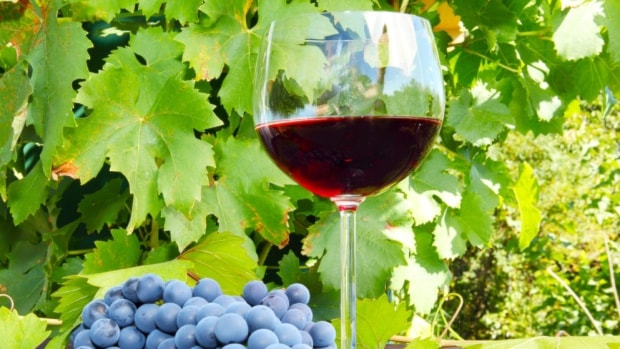B.C.’s wine industry is set to move in a new direction.
Following a lengthy process to suss out where it was falling short and what direction it should go in, BC Wine Authority members and non-members alike voted in favour of changes aimed at raising the industry to international standards.
All but one of 11 recommendations set out by the BC Wine Appellation task group received double majorities of license holder support and production volume.
“(The recommendations) will bring integrity to our appellation system, and set us as an industry on a course based on a sense of place and premium value,” said Ezra Cipes, one of the 15-member task group, which was formed in March 2015,
Among the changes that industry members want to see is mandatory membership in a governing body.
“As a condition of having a BC winery licence, producers making wine from 100 per cent BC grown grapes should be required to become a member of the authority and be subject to audits conducted and enforced as per the regulation,” reads the document heading to agriculture minister Norm Letnick.
The Wine Authority will one day be given the power to prohibit the use of any unregulated geographical indication associated with B.C. members wine labels and new geographical indications be established for wine growing areas in the Thompson Valley, Shuswap, Lillooet-Lytton and Kootenays will be set.
New sub geographical indications will also be formalized so they can be on labels.
“There’s going to be a process until this kicks in,” said Cipes, noting that simply mapping the sub-geographical regions will likely take time.
Mapping out how the grapes in Oliver and Osoyoos are different than the grapes in Kelowna, and all the shades in between due to soil type and aspect, and then mapping it out, will take some time.
“We put forward a map showing 15 sub-geographical regions, based on those factors,” said Cipes, CEO of Summerhill Winery in Kelowna.
“Now the producers in those regions have to finalize the borders and come up with names for those regions that will allow them to develop a reputation for quality within those designations.”
Although it’s new for B.C., it’s how the rest of the world operates already.
“Now we are going to understand Okanagan terroir and vineyards in the same way as they do in, for example, Burgandy,” said Cipes.
